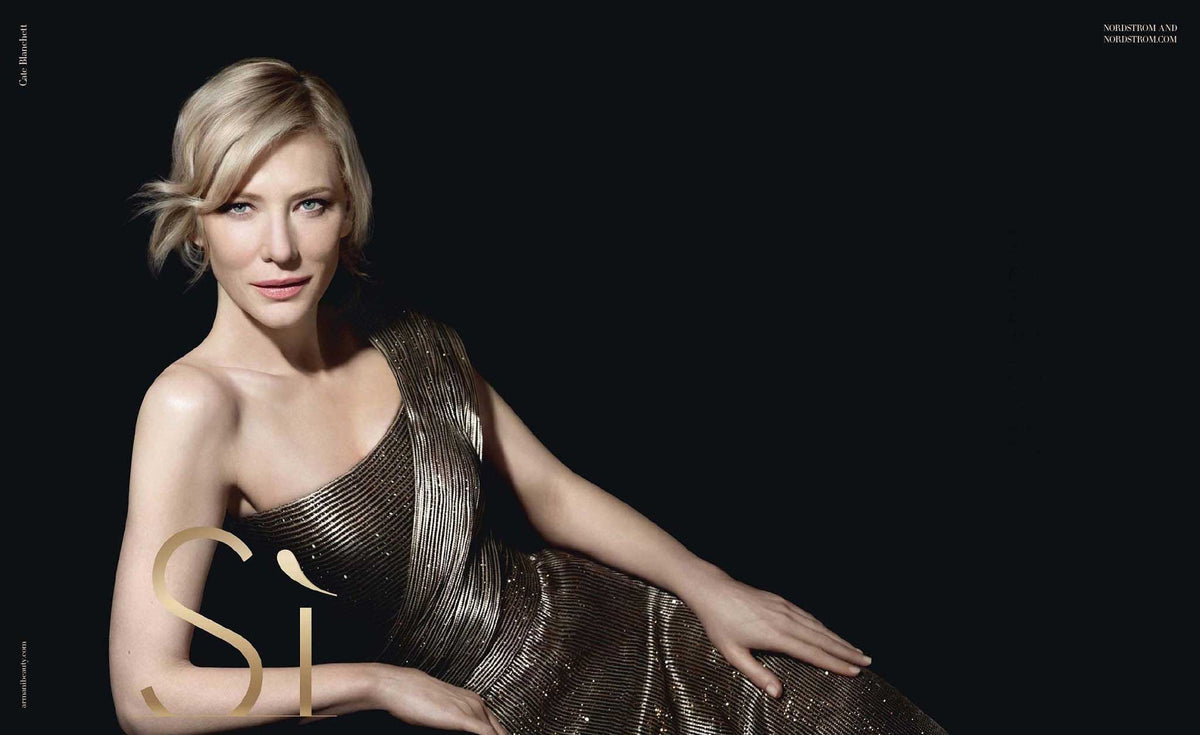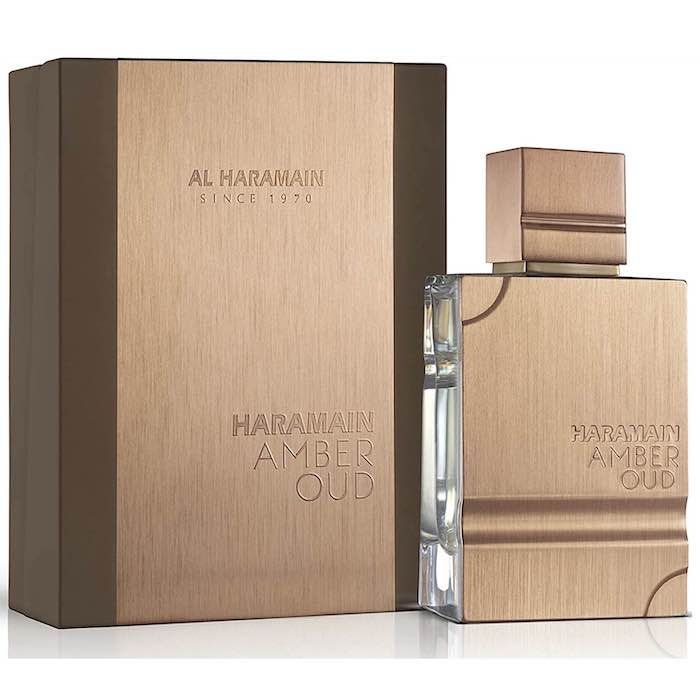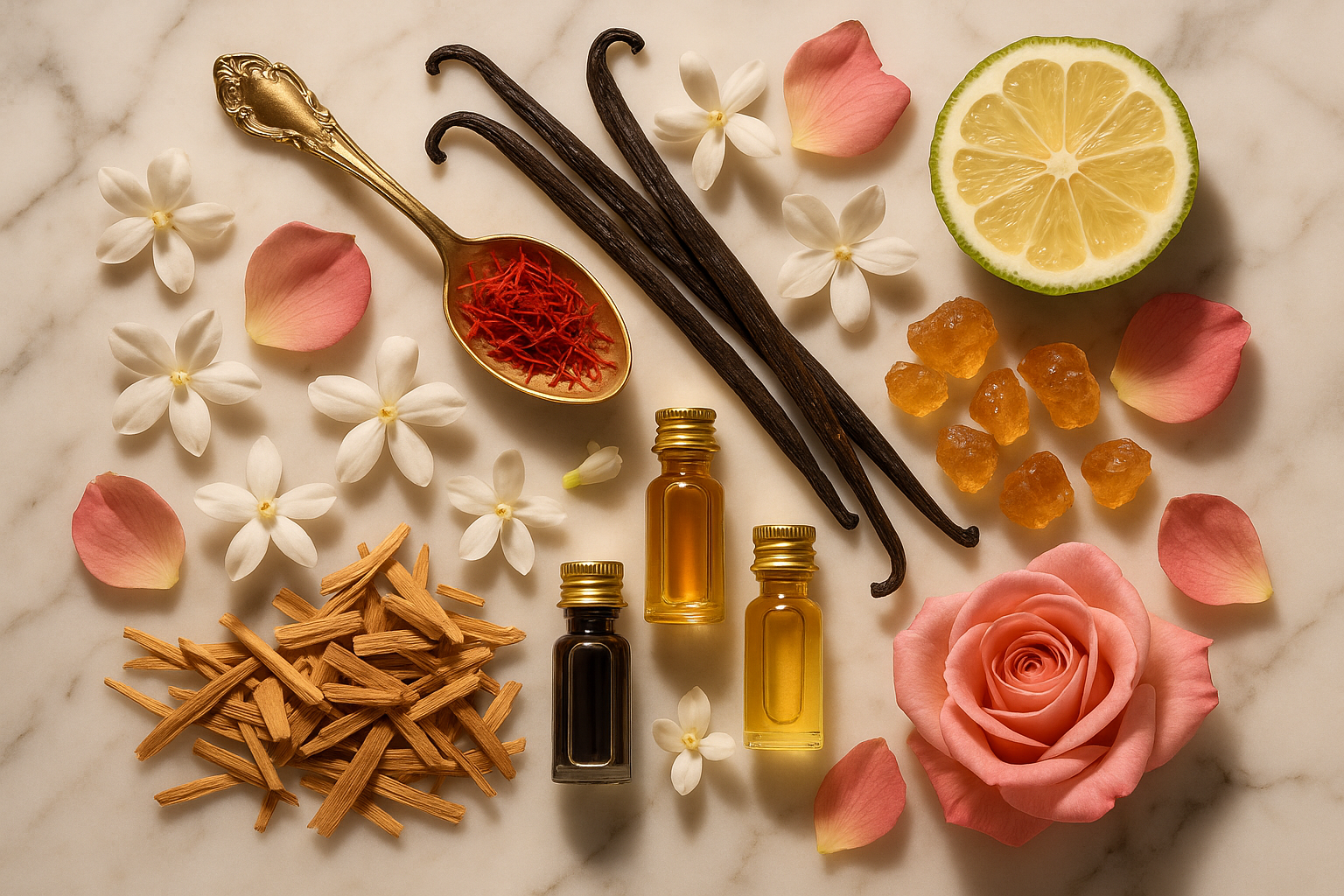Perfume is often described as liquid luxury, but what truly makes certain fragrances command price tags of hundreds—or even thousands—of dollars? The answer lies not just in branding or packaging, but in the ingredients themselves. From rare flowers harvested before sunrise to resins that take years to form, the world of high-end perfumery is built on the extraordinary.
In this exploration, we’ll dive deep into the ingredients that make luxury perfumes so precious, and why a single drop can be worth its weight in gold.
1. The Allure of Natural Rarity
Luxury perfumery has always been about sourcing the unattainable. Rare natural ingredients form the foundation of many high-end scents—ingredients that are difficult, time-consuming, or risky to obtain.
Take, for example, Oud, also known as liquid gold. It comes from the resinous heartwood of the agar tree, which only forms when the tree becomes infected by a specific fungus. The process can take decades, and only a small percentage of trees ever produce it. Its deep, smoky, and sensual scent profile makes it one of the most expensive materials in perfumery—sometimes fetching over $30,000 per kilogram.
Other natural treasures include Bulgarian rose, Tahitian vanilla, and Sandalwood from Mysore, each valued for their purity, intensity, and complexity. These are not ingredients you can mass-produce; they are born of nature’s patience and human craftsmanship.
2. Labor-Intensive Harvesting and Extraction
The way an ingredient is harvested and extracted plays a massive role in its cost.
Luxury perfumers often rely on age-old, labor-intensive techniques that preserve the delicate essence of raw materials.
Consider jasmine. To produce just one kilogram of jasmine absolute, it takes about 8,000 flowers—each hand-picked before dawn when their scent is strongest. The petals are then processed using solvent extraction, a meticulous method that captures every nuance of the flower’s aroma.
Similarly, rose oil (often called liquid rose gold) requires about 10,000 roses for a single ounce of oil. When you realize this, the high price of a rose-based perfume suddenly makes perfect sense.
3. The Power of Aging and Maturation
Just like fine wine or whiskey, some perfume ingredients improve with time.
Natural resins like ambergris, frankincense, and myrrh undergo slow transformations that deepen their scent and increase their value.
Ambergris, one of the most legendary perfume ingredients, originates from the digestive system of sperm whales. Over years spent floating in the ocean and drying under the sun, it develops a complex, musky aroma prized for its ability to fix and enhance other scents. Genuine ambergris can cost more than gold per gram.
High-end houses often age their blends for months—or even years—to allow notes to harmonize perfectly, creating depth and richness that mass-market perfumes can’t replicate.
4. Synthetic Mastery and Molecular Innovation
Luxury doesn’t always mean natural.
Some of the most expensive fragrances rely on lab-created molecules that mimic or amplify nature in ways that pure extraction cannot.
Synthetic compounds like Iso E Super, Ambroxan, and Calone add unique textures—airy, velvety, or oceanic—to perfumes. While cheaper synthetics exist, luxury brands invest in exclusive molecules developed through years of research and patented by fragrance houses.
For example, Chanel’s aldehydes, first introduced in Chanel No. 5, revolutionized perfumery with their sparkling, abstract character. Such innovations carry immense development costs, often driving up the final retail price of the fragrance.
5. Sustainable Sourcing and Ethical Production
In the modern luxury market, rarity alone isn’t enough—responsibility matters.
Prestigious perfume houses are now investing heavily in ethical and sustainable sourcing. This includes fair trade agreements with farmers, reforestation projects for endangered trees like sandalwood, and eco-conscious extraction techniques that protect biodiversity.
These practices, while costly, ensure long-term access to high-quality raw materials and align luxury with integrity. A $300 perfume today often represents not just exquisite scent, but also transparent, sustainable craftsmanship.
6. Small-Batch Craftsmanship and Artistic Blending
Mass-produced perfumes may rely on automated systems, but luxury fragrances are often crafted in small batches under the supervision of a master perfumer, or “nose.”
Every proportion is adjusted by hand, every test carefully evaluated, and every bottle filled and packaged with precision.
This artisanal attention to detail ensures that each fragrance maintains its soul and complexity—qualities that cannot be replicated at scale.
In luxury perfumery, you’re not paying just for ingredients; you’re paying for artistry—the human touch that transforms raw materials into olfactory poetry.
7. Exquisite Packaging and Presentation
The opulence of a luxury perfume doesn’t stop at the juice inside—it extends to its presentation.
Crystal bottles, gold plating, silk ribbons, and handcrafted caps turn a fragrance into a collectible object. Brands like Clive Christian, Baccarat, and Amouage treat packaging as an extension of the scent’s story, often produced by the same artisans who work for fine jewelry or couture houses.
When a brand invests hundreds of hours in the design of a single bottle, that craftsmanship becomes part of the perfume’s value.
8. Exclusivity and Limited Editions
Finally, rarity in the market itself drives luxury pricing.
High-end houses often release limited editions or bespoke blends that are available only to select clients. Some even offer fully custom perfumes, where a perfumer develops a scent specifically for one person—costing upwards of $20,000.
These exclusive experiences are as much about prestige as they are about scent. Owning a perfume that few others in the world possess is the ultimate symbol of luxury.
Conclusion: The Price of Emotion
At its core, perfume is about emotion, memory, and identity.
Luxury fragrances elevate that experience through artistry, rarity, and depth—turning scent into a form of timeless expression. When you purchase a high-end perfume, you’re not just buying a fragrance; you’re investing in craftsmanship, science, and centuries of tradition.
The cost reflects not only what’s in the bottle—but also the story, the patience, and the invisible artistry that make each drop unforgettable.





0 comments